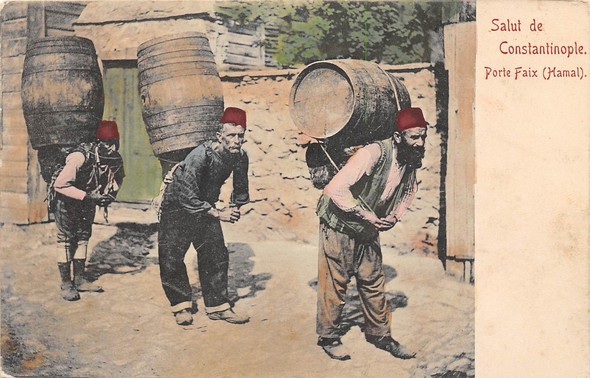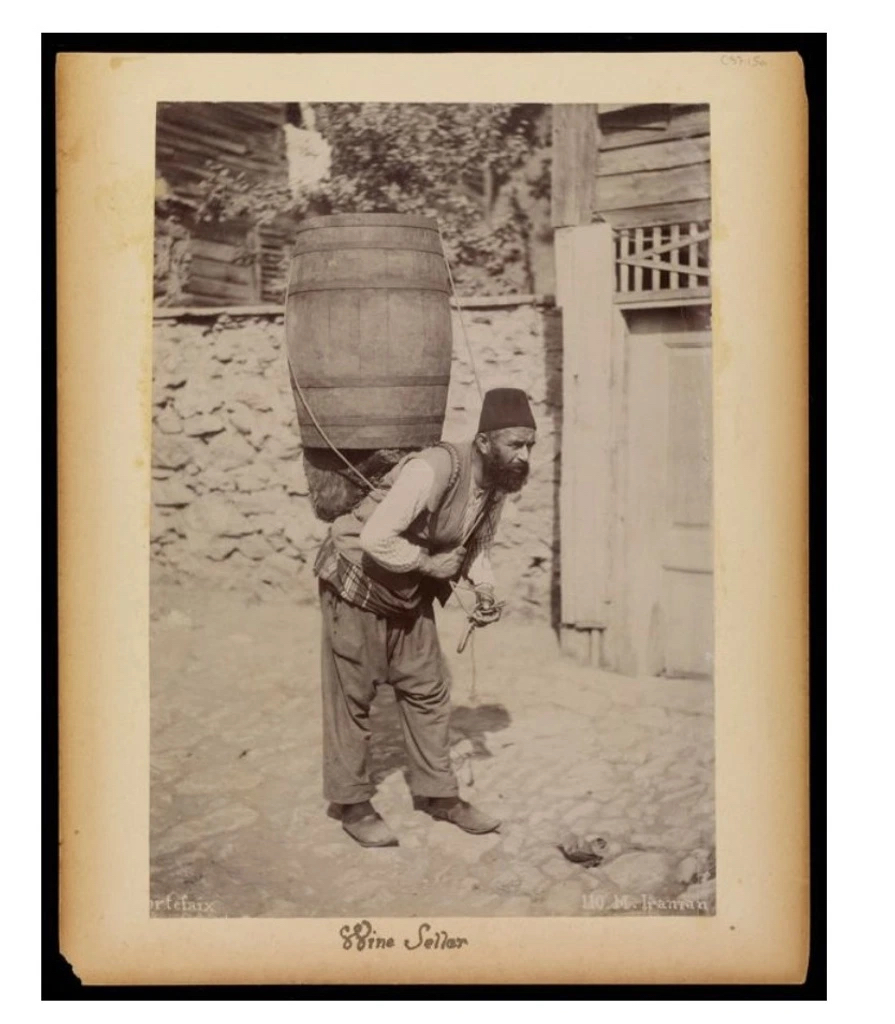
Below the photo, a heated debate had erupted between those who argued that Turks don’t drink wine, hence the photo must be a hoax, and those who, while more permissive, were almost certain that the barrel contained water. My interest was piqued, as the French word portefaix in the bottom left-hand corner of the photo means porter, and I myself began to wonder whether it was possible to sell wine on the street in Istanbul in 1896 by someone dressed like that. The man crouching under the barrel is wearing a fez on his head, this little red headdress that I know was Turkish. In a Muslim quarter, he would certainly have been beaten to death by fanatics if he had started shouting loudly and selling wine in the street!
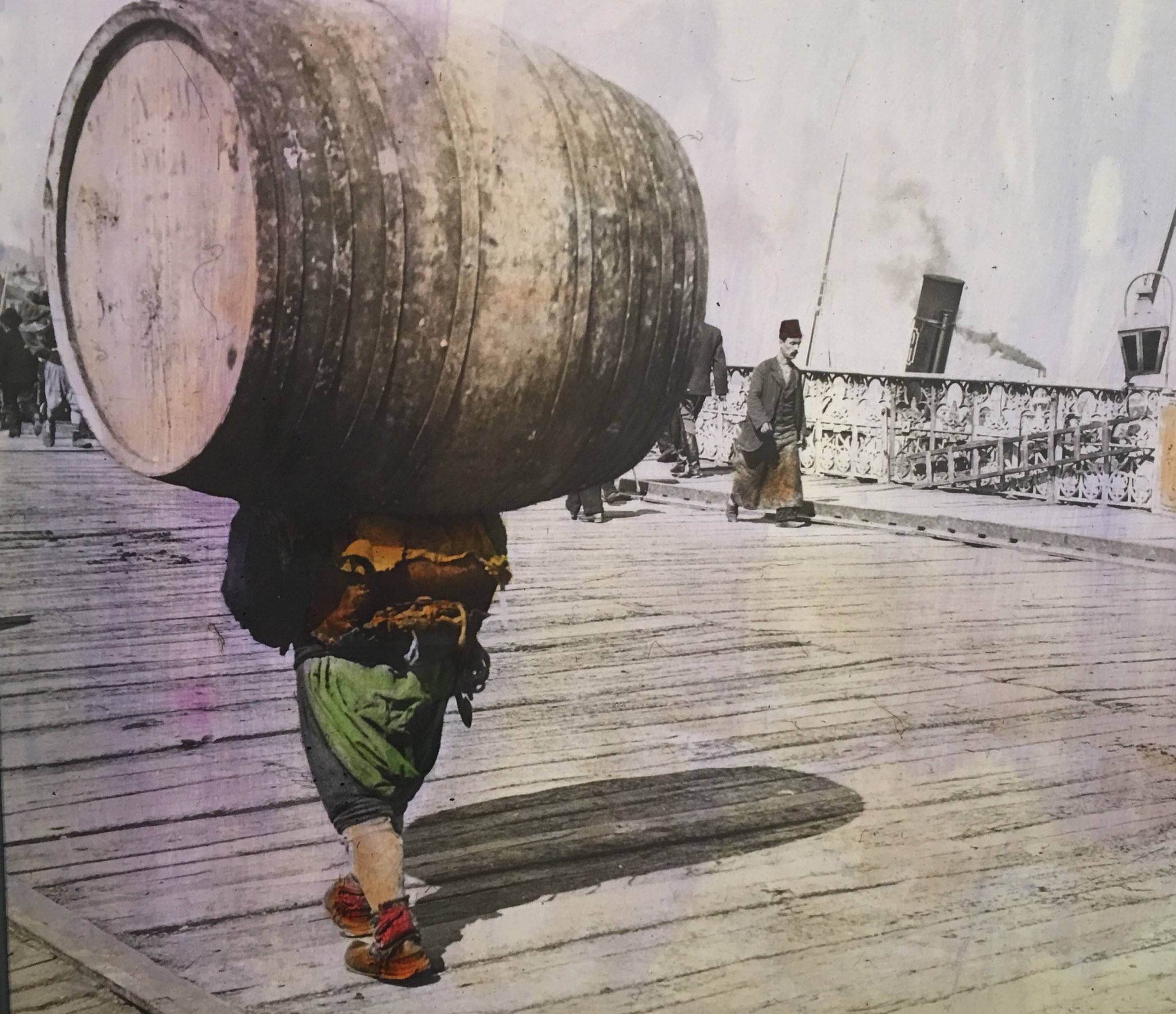
But how Turkish was Istanbul in the 1890s? As the renowned Orientalist schola Gyula Germanus wrote in 1903:
“Mohammedan and Christian, Albanian, Kurdish, Circassian, Arab, Druze, Turkish, Greek, Armenian, Serbian, Bulgarian, Kucovallah, from cave dweller to philosopher, every religious, national and social nuance was represented in this mixture of people. All that was needed was an external push to break it apart. Abdul Hamid wanted to bring these pieces together by threatening one with the others. He massacred the Armenians using the Kurds, exterminated the Maronite Christians with the Druze, incited the Macedonian Bulgarians against the Serbs and intimidated the Greeks with the Albanians.”
If we look at the 1914 census data from Constantinople, which is in the public domain, it completely supports Gyula Germanus’s account. In the metropolis of 900,000 inhabitants, there were 52,000 Jews, almost 80,000 Armenians and over 200,000 Greeks, and if we count the other nationalities, the Turks only comprised 49% of the population. So, that’s one obstacle removed for the imaginary “wine seller”. Let’s look at the rest!
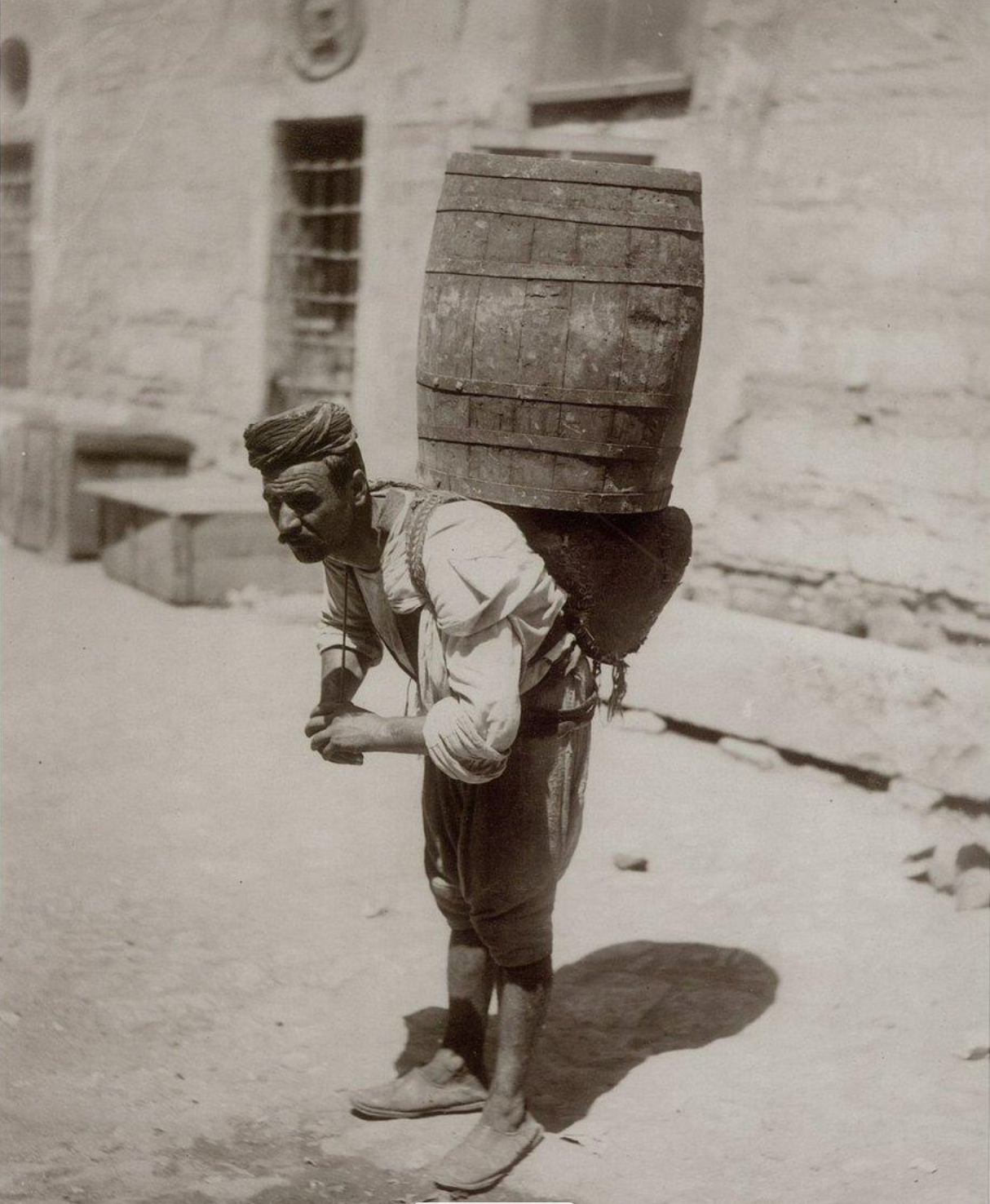
I turn again to Gyula Germanus for help, also from 1903:
“Galata lies on the northern bank of the Golden Horn, in the bend leading to the Bosporus. It descends under the hills of Pera to the seashore. The great bridge is only opened at night, and many ships are forced to anchor off Galata. Galata is the centre of sailor life. A horse railway runs along its main road, from which to the right and left, all the squalor, pond scum and fleeting pleasures of nightlife swirl. Sweet Greek wine is drunk on the ground floor of inns, couples dance upstairs and secret staircases lead insiders to dives where they can forget their misery with cocaine, opium and other intoxicants. In the narrow streets, an international swarm of endless prostitutes call out to the men who wander by.”
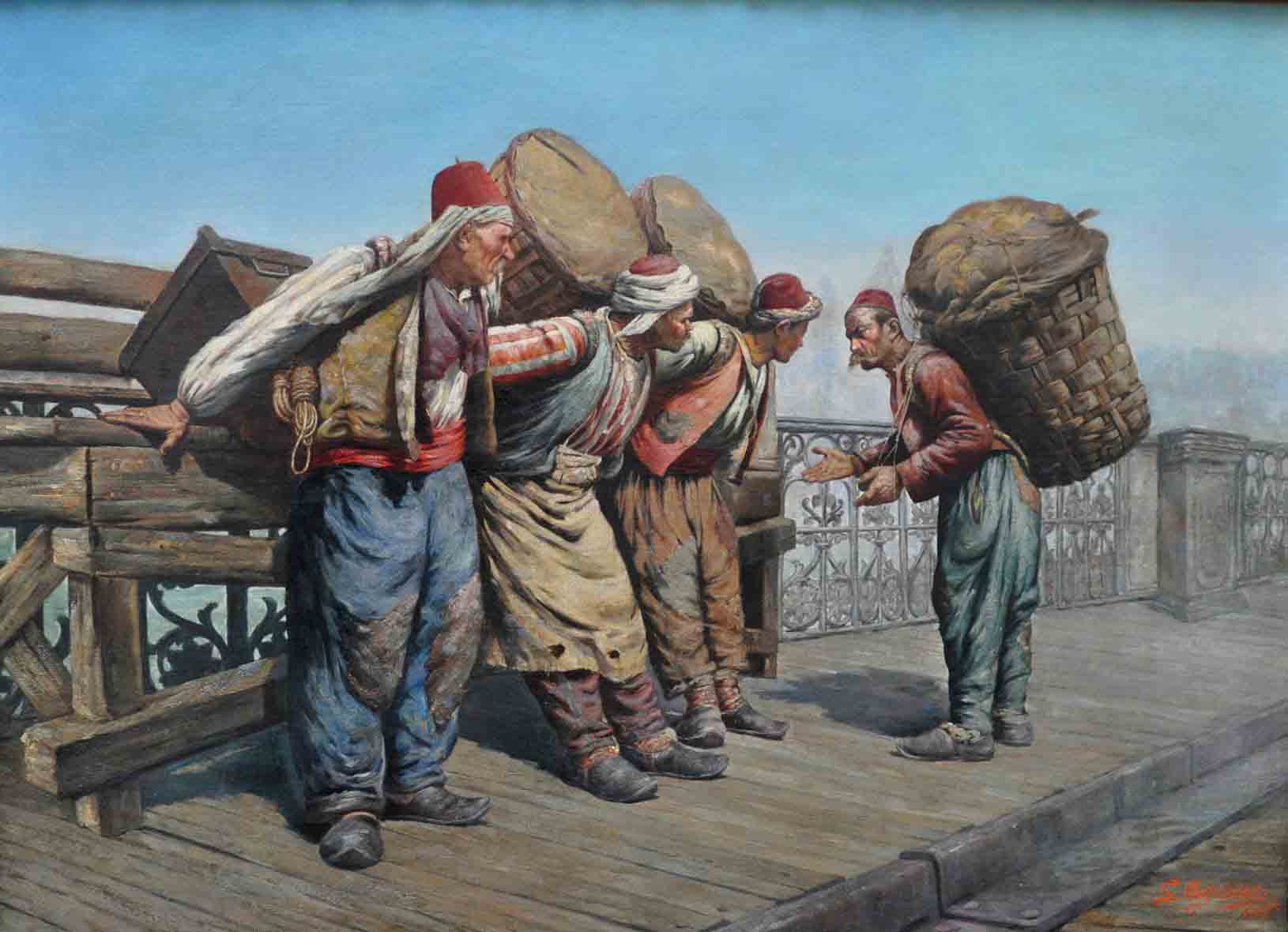
So there was wine and even inns in Istanbul in 1903! So far, two-nil in favour of the wine merchant theory, but now let’s look at the porter himself, whom I had previously though was Turkish. I found a study on the subject on the internet by Vazken Khatchig Davidian, who says that until the first Armenian genocide in 1896, most porters in Istanbul were indeed Armenians, from the Moush Plateau and the Lake Van area. As for their costumes, it is worth looking at two paintings by Simon Hagopian, the famous Armenian painter from Istanbul. One of them, depicting several porters waiting on Karaköy Bridge, is just interesting, but the second, entitled “Portrait of a porter from Moush”, is a real eye-opener. These porters are Armenians, who were not forbidden to carry wine barrels on their backs!
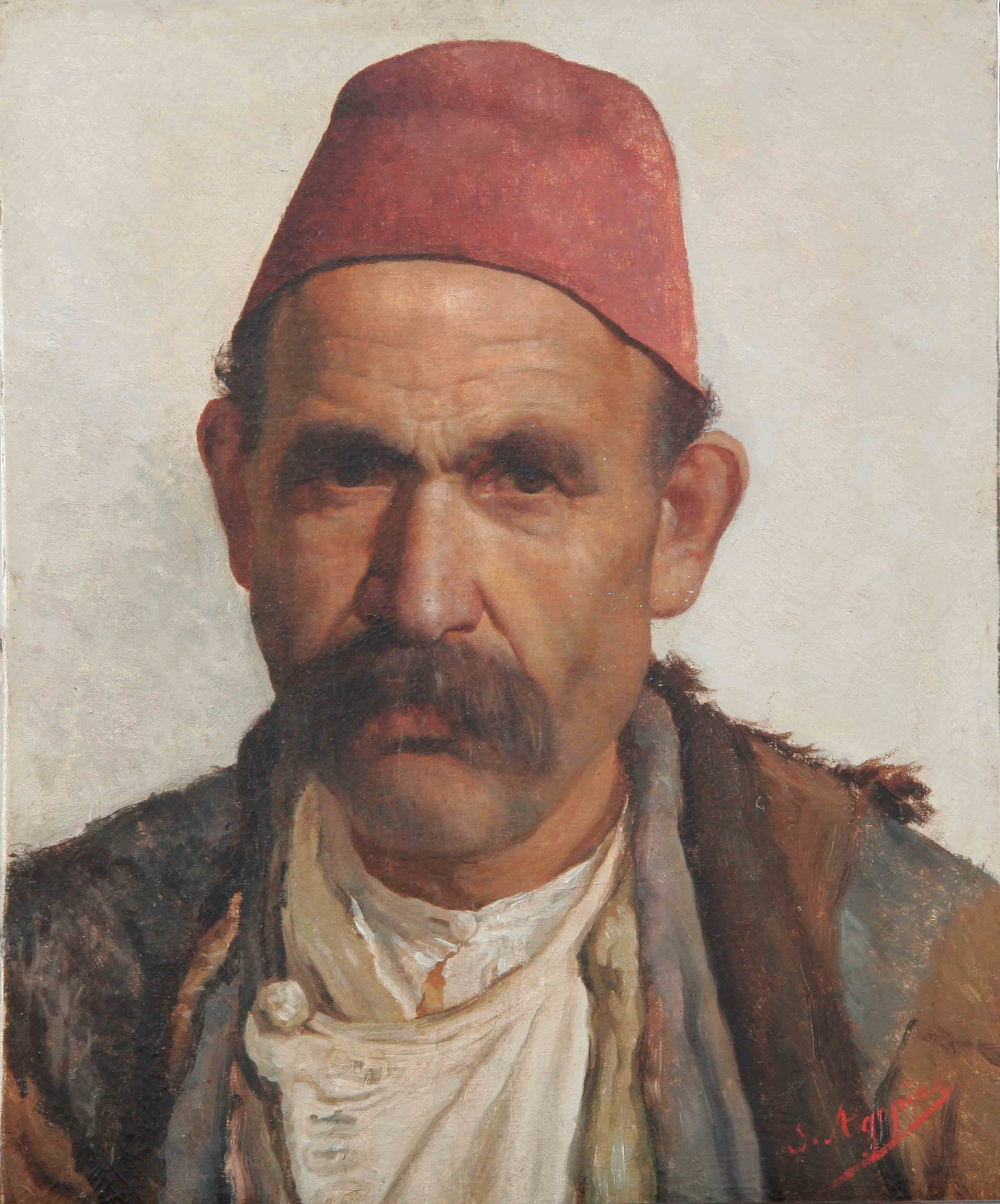
Finally, a study by the Frenchman François Georgeon is also worthy of attention. He concludes that
“… alcohol was readily available to non-Muslims in taverns run by Greeks, Armenians and Jews living in the neighbourhood as well as by non-Muslim landlords. You only had to cross the Golden Horn into Pera or Galata to find districts where wine and alcohol flowed almost as freely as in any other port in Mediterranean Europe.”
It is true that from time to time the sultans tried to ban alcohol and close down taverns by decree, but to no avail. The most famous of these is the story of Sultan Murad IV (1623-1640), who banned not only alcohol but also coffee and tobacco, not for religious reasons, but because the taverns spoken of by Gyula Germanus were already hotbeds of Janissary riots!
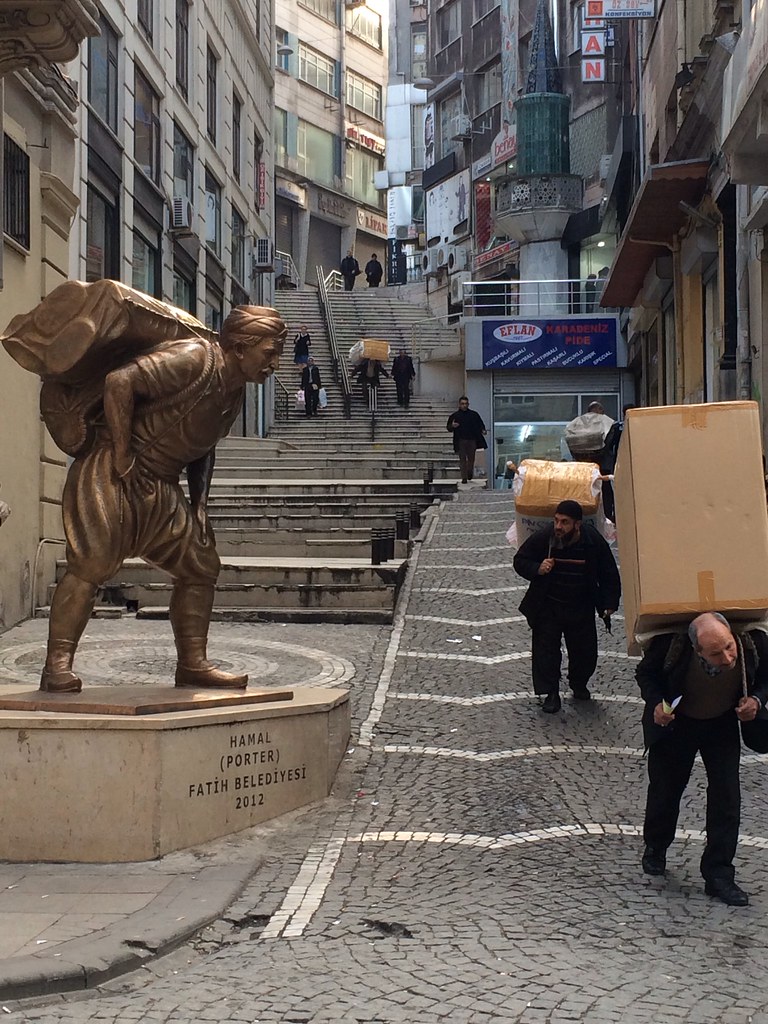
The Istanbul porter is in fact a familiar concept. It is no accident that a statue has been erected to him.
This was also the time of Bekri Mustafa (the adjective bekri means drunkard), who is described in the legendary Encyclopaedia of Istanbul by Sabri Koz as a hafez, meaning he knew the Koran by heart; however, after his parents’ death, he only frequented the taverns. Finally, he became a ferryman and only raised his tankard on the boat so that nobody else could see. Unfortunately, Murad IV was once on his boat in disguise, and he saw that Bekri Mustafa was drinking something. The anecdote goes that the Sultan asked for the bottle, took a sip and then began to shout indignantly. “Didn’t I forbid you to drink wine?” The ferryman retorted, “Who are you to forbid anything?” “I am Sultan Murad!” came the reply. “You really should forbid it then, as you have only had one sip and think you are a sultan!”
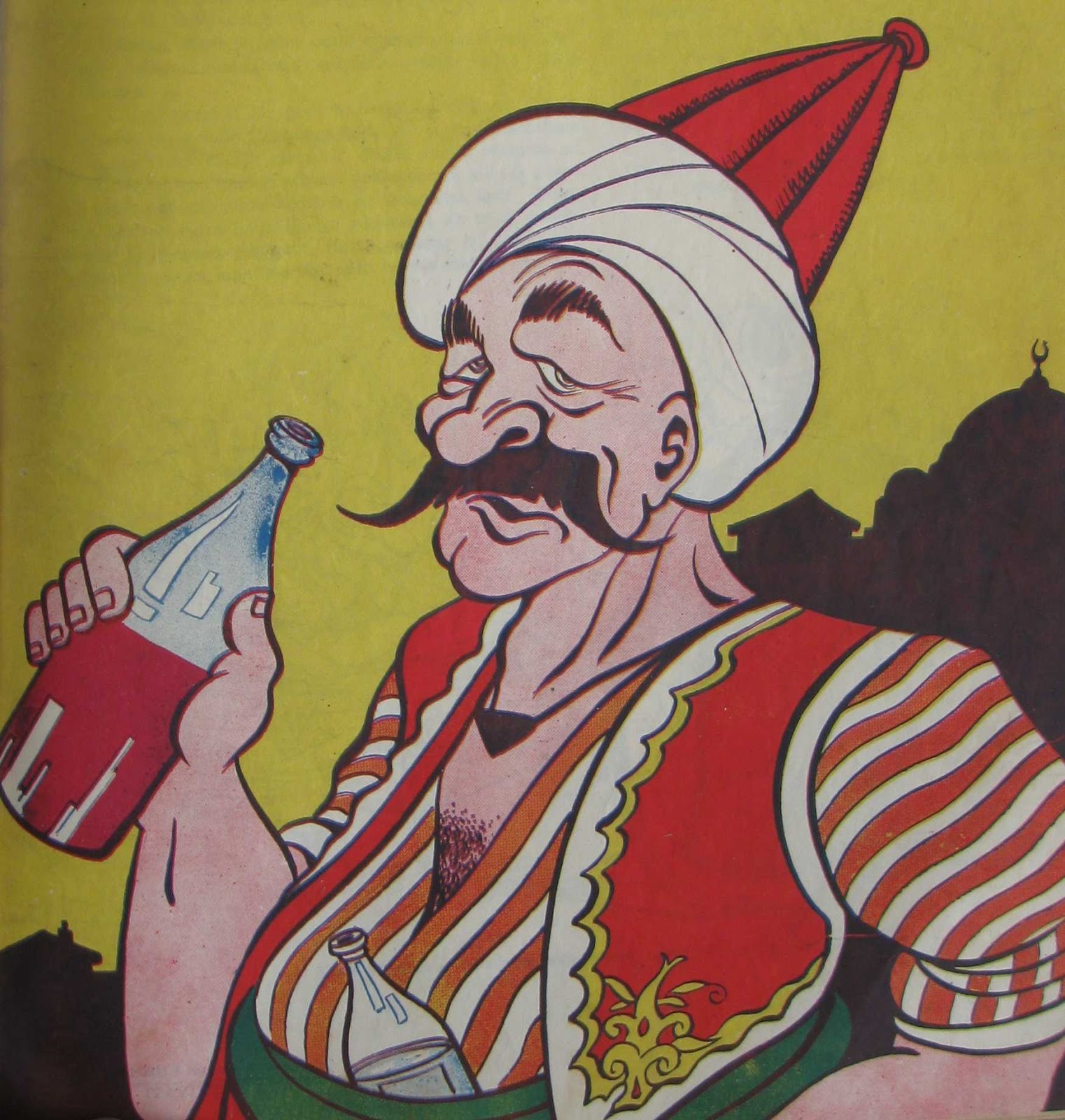
The Sultan was so impressed by the frankness of his speech that he invited Bekri Mustafa to his palace, where he eventually died, leaving the ruler almost inconsolable. He ordered public mourning at court and buried his friend in his favourite tavern. The figure of the truthful drunkard has become part of Ottoman folklore and is still very popular today, so much so that although Bekri’s tavern fell victim to the great urban renewal of 1880, his worshippers had his ashes exhumed and reburied in the nearby small folk shrine,the turbe of Sheikh Abdörraif Şamadani. The turbe still stands today, and visitors who say a prayer may not realise that they are praying to an alcoholic saint as well as to the sheikh.



